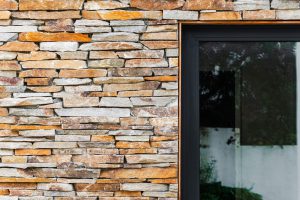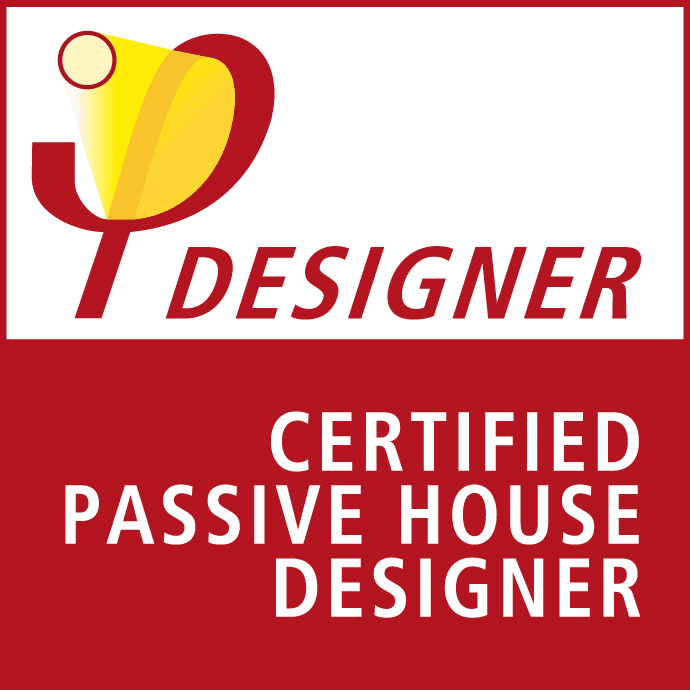VESP architects are now certified passive house designers, allowing us to design dwellings that meet the requirements of the Passivhaus Institute. Clients that wish for their new home to meet this highest of performance standards can now work with us to achieve their ambitions. Our aim is to combine this meticulous method of design and construction with our passion for beautiful, modern architecture. Below is a short guide to the principles and benefits of the Passive House approach.
What is a Passive House?
A Passive House (Passivhaus in German) is a building designed and built to meet rigorous standards for energy efficiency. It results in buildings that require ultra-low energy demands for space heating or cooling, thus significantly reducing their in-use carbon footprint. The standard is not only applicable to domestic dwellings, but also to commercial buildings and retrofits.

The Five Key Principles of Passive House Design
- Thermal Insulation: High levels of insulation are used to keep the warmth in during winter and the heat out during summer. This helps in maintaining a consistent indoor temperature, reducing the need for additional heating or cooling.
- High-Performance Windows and Doors: These are critical to minimize energy loss. Windows are typically triple-glazed and have highly-insulated frames. They are strategically placed to maximize solar gain in winter while minimizing overheating in summer.
- Ventilation with Heat Recovery: A mechanical ventilation system with heat recovery (MVHR) ensures a constant supply of fresh air while retaining most of the heat from the outgoing stale air. This not only saves energy but also improves indoor air quality.
- Airtight Construction: The building envelope is constructed to be extremely airtight, preventing any uncontrolled leakage of air. This significantly reduces heat loss, helps in maintaining the desired indoor climate and ensures the efficiency of the ventilation system.
- Thermal-Bridge Free Design: Thermal bridges are areas in the building envelope where heat can bypass insulation, usually through elements of structure. The Passive House design approach aims to avoid, or reduce as much as possible, these bridges to reduce heat loss and ensure a uniform thermal environment.
Benefits of Passive House
- Energy Efficiency: Passive Houses consume significantly less heating and cooling energy than conventional buildings built to current building regulations. This drastic reduction translates into significant cost savings over the building’s lifecycle.
- Comfort: The consistent indoor temperature and superior air quality provide a comfortable living environment. The advanced insulation and ventilation systems ensure that residents experience fewer drafts and less noise from the outside.
- Sustainability: By significantly reducing energy consumption, Passive Houses contribute to the reduction of greenhouse gas emissions. This aligns with global efforts to combat climate change and promotes sustainable living practices.
- Durability: The rigorous construction standards and high-quality materials used in Passive Houses lead to buildings that are more durable and require less maintenance.

Requirements for higher levels of performance and reduced embodied carbon are becoming a significant consideration when submitting projects for planning permission, with local authorities having to quickly adapt their policies to meet their climate emergency targets. This in turn has put pressure on architects and construction professionals to not only keep up to date with these requirements, but to then meet them whilst still providing designs that meet their client’s aspirations. The very low operational carbon of a Passive House, and the potentially low embodied carbon in timber-frame construction, are allowing us to meet the stringent requirements of local authorities such as the South Hams and their DEV32 / M5 policies.
For more information, or to discuss your own project, please get in touch here


